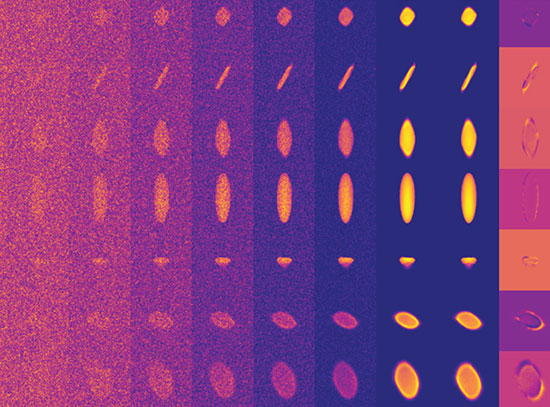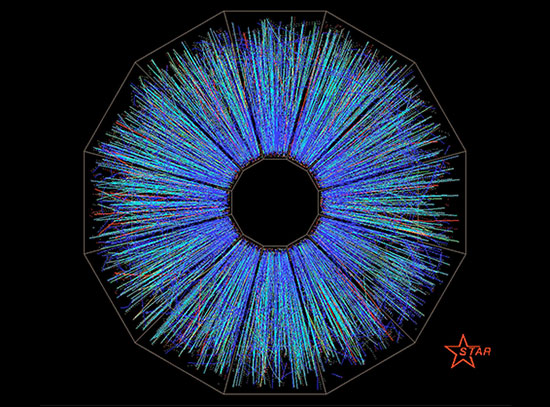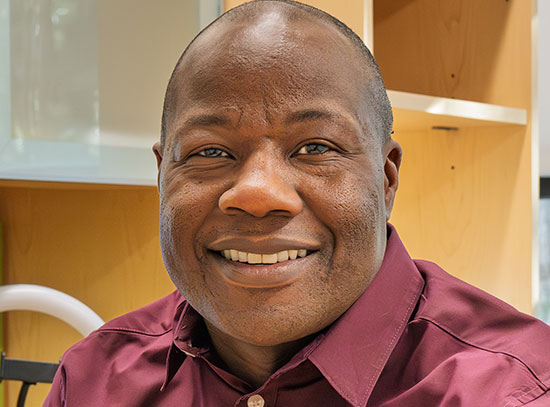Statement on Roadbed Sampling Results
James Tarpinian, Assistant Laboratory Director for Environment, Safety, Health, & Quality
March 9, 2006
On February 6, the Laboratory reported detecting possible contamination embedded in a portion of the main roadbed leading into Brookhaven National Laboratory. Initially, we were concerned that elevated radiation readings may have been linked to former Laboratory operations.
After completing a significant sampling effort, however, we have determined that the elevated radiation readings are due to naturally occurring radionuclides mixed into the asphalt and roadbed. These concentrations are within the range of average background levels seen across Long Island and do not pose a health threat to the public or to anyone who may have worked on the roadbed.
Of the 106 samples we collected of the asphalt, roadbed, and underlying soil, 27 samples showed detectable levels of thorium, a naturally occurring radionuclide found in varying concentrations in sand and rock. This thorium is apparently present in the aggregate that was used to make the asphalt and roadbed when the road was constructed in the 1960s. The levels are higher than what is typically found in nearby soil, and that is what attracted our initial interest. Only five of the samples indicated the presence of man-made cesium-137, and these concentrations are very low - in the range of "background."
The Laboratory has provided a summary of the sample analyses to our regulatory agencies.
2006-10437 | INT/EXT | Newsroom









